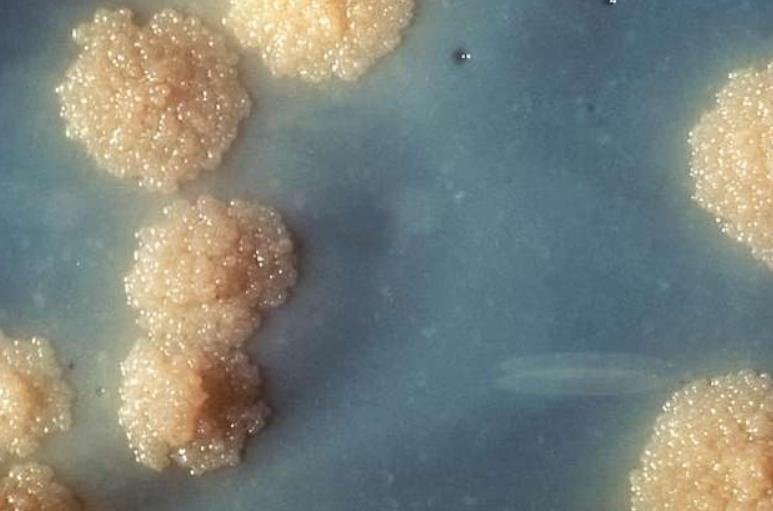A significant advancement in tuberculosis (TB) diagnostics has been achieved as the World Health Organization (WHO) approves a rapid diagnostic test for TB. This new assay can detect the TB-causing pathogen, Mycobacterium tuberculosis, in sputum samples within just a few hours, marking a pivotal moment in global health efforts.
The Urgent Need for Advanced TB Diagnostics
Tuberculosis remains a leading cause of death from infectious diseases worldwide, claiming over one million lives annually. The disease poses a substantial socio-economic burden, especially in low- and middle-income countries where healthcare resources are limited.
“High-quality diagnostic tests are the cornerstone of effective TB care and prevention,” stated Dr. Rogerio Gaspar, WHO Director for Regulation and Prequalification. “Prequalification paves the way for equitable access to cutting-edge technologies, empowering countries to address the dual burden of TB and drug-resistant TB.”

Tackling Drug-Resistant TB: Genetic Vulnerabilities Unveiled
Innovative CRISPR-Based Screening Identifies Weak Points
In a groundbreaking study published in Nature Communications, scientists have uncovered a genetic vulnerability in drug-resistant TB strains using a CRISPR-based screening technique. This method, known as CRISPR interference, allows researchers to silence individual genes and identify critical weaknesses in the pathogen.
“We were able to identify drugs that target these weaknesses and can rapidly kill these drug-resistant strains,” explained Dr. Matthew McNeil of Otago University. “While our work specifically focuses on Mycobacterium tuberculosis, this technology can be applied to other drug-resistant pathogens.”
Potential for New Therapeutics
By pinpointing specific genetic targets, researchers can develop new antibiotics and treatments tailored to combat the most resilient TB strains. This approach not only addresses the immediate threat of drug resistance but also sets the stage for future innovations in infectious disease management.
Exploring Novel Sources for TB Treatment
Fungal Compounds from Peat Bogs Show Promise
In an unrelated study reported in PLOS Biology, scientists have discovered compounds produced by fungi in peat bogs that can kill Mycobacterium tuberculosis. These fungi compete with microbes like M. tuberculosis for resources, leading to the isolation of five fungi capable of destroying the pathogen.
While these fungal compounds are not yet viable as drug candidates, they offer a promising starting point for the development of new TB treatments. “These compounds provide evidence that fungal metabolites can effectively kill M. tuberculosis, potentially guiding future drug development,” the researchers noted.
Enhancing Global TB Control Efforts
Comprehensive Strategies for TB Prevention and Treatment
The approval of the rapid diagnostic test, combined with the identification of genetic vulnerabilities in drug-resistant TB, represents a multifaceted approach to tackling the disease. These advancements enable more accurate and timely diagnosis, as well as the development of targeted therapies to overcome resistance.
Future Directions
Ongoing research and collaboration are essential to fully realize the potential of these discoveries. By continuing to innovate and invest in TB diagnostics and treatments, the global community can make significant strides in reducing the prevalence and impact of tuberculosis.
















